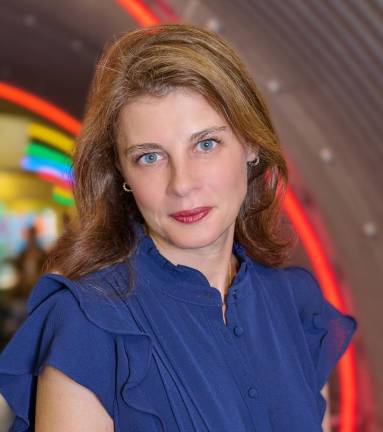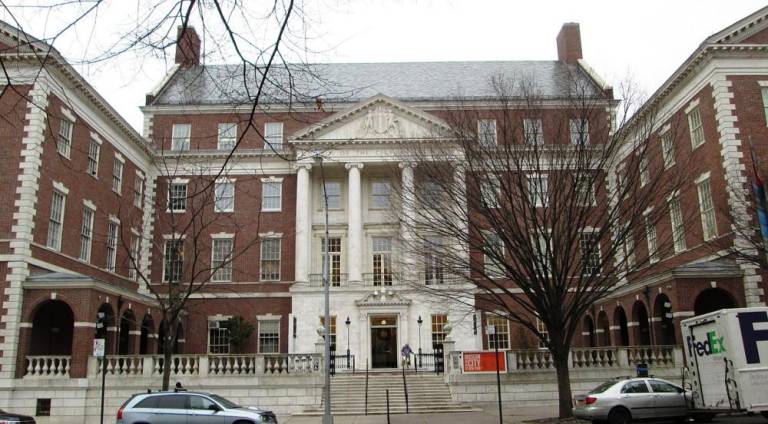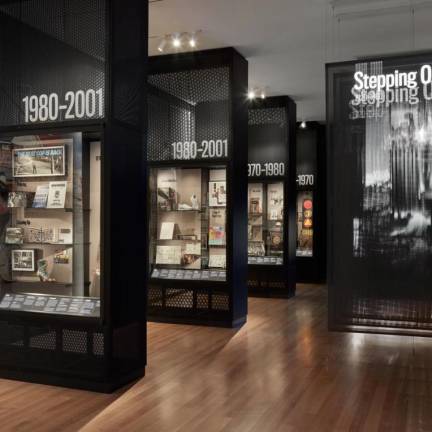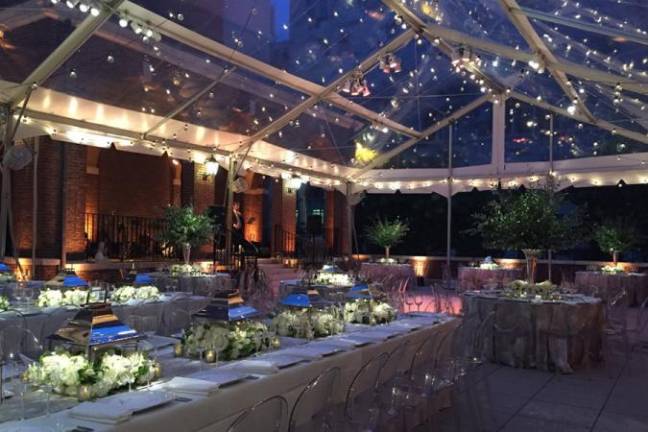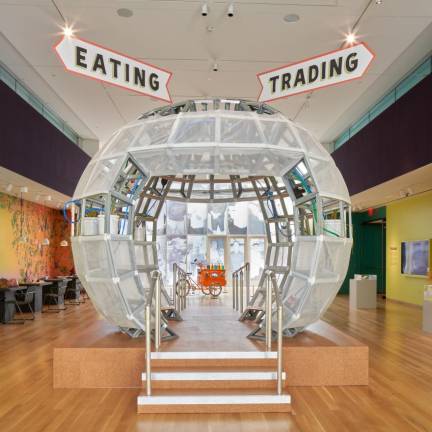Master Fundraiser Tapped as New Head of the Museum of the City of New York
The Museum of the City of New York on 1220 Fifth Ave at 103rd St. recently announced Stephanie Hill Wilchfort as its new president. A native New Yorker, Wilchfort served as vice president at the Tenement Museum on the Lower East Side, and, most recently, spent eight years as president and chief executive of the Brooklyn Children’s Museum. While there, she oversaw a 30 percent increase in visitors, and raised funds for such projects as a library branch on the ground floor, an auditorium, a rooftop terrace, and an art studio. At MCNY, she’d like to make exhibits more interactive and restore the facade of the 100 year old museum which is celebrating its centennial this year. Long a favorite for school trips, she hopes to rebuild the number of visitors to its pre-pandemic level.
Congratulations on the job! What would you like to see the Museum of the City of New York doing that it isn’t doing right now?
I’m really interested in the idea of interactive and participatory experiences. Sensory experiences, physical experiences. One thing I can say about my vision is that I think, broadly, museum exhibits need to be more tactile, more participatory, and more interactive. That’s something that, as a children’s museum person, I hope to bring to a public history space.
The museum’s attendance has yet to return to pre-pandemic levels, with 139,000 visitors last year, compared to 320,000 the year before the pandemic. How do you plan on changing that?
I think the first thing is to restore all of our education programs for a full year. One of the things to know about the MCNY is that the Museum does an enormous amount of work with public schools and educators. All that work was on hold until the middle of last year. That had a very significant impact on visitorship and restoration of those programs will help grow it. The other thing is we’ve recently helped launch a new exhibit, “This Is New York,” and have already seen a 40 percent increase in visitorship, just this summer.
What responsibility do you think the Museum has to reflect that cultural diversity of New York City?
I think it’s a profound responsibility. The City is intersectional–it’s not a city of independent communities that operate like islands. It’s a city of communities that come together, that intersect, that collaborate and even collide in different ways. Progress for one group might not be progress for another. I think the Museum’s responsibility is to tell these intersectional stories. It’s not just about reflecting every individual group or individual story, but about reflecting the ways our different communities have come together in shared purpose, and reflecting the ways that at times that hasn’t happened.
As a born and bred New Yorker, do you feel a particularly keen sense of responsibility for the Museum?
I think there are a lot of people who may not have grown up in New York but are New Yorkers. But I have always felt profound responsibility for this City. It’s why I’ve spent my professional life in public service and in public institutions. I feel that this job is an opportunity that I’m very delighted and excited to take on, and also a real obligation, in terms of reflecting the City. This is the flagship City museum of the largest City in the country, and the first city museum established in the United States. We have an opportunity to be a model and a beacon for other city museums around the City, and to drive positive and progressive change for the field.
There’s been lots of talk about price increases at many of America’s museums–just recently, the Guggenheim announced a price increase to $30 and the Whitney also announced its first price hike in several years. How do you hope to prevent that from happening at the Museum of the City of New York?
I think museums’ need to raise prices from time to time. A museum that tells you that they’re never going to raise prices is not serving their institution, and probably not their community, in the most robust way. Museums need resources. They need to pay people fair, living wages. They need to provide benefits. They need to preserve their collections and their buildings. So it’s just not possible to maintain the same ticket price forever when inflation is pushing prices higher for other things. But I do think we need to think about how price is a barrier to access for some.
Do you think the MCNY has a particular responsibility to remain accessible by the public in a way other museums may not?
One hundred percent. This museum has a responsibility to be accessible to New Yorkers in particular, most especially to educators and public schools. It’s really important that we be super serving populations that need us the most. Some of that may include free service to those populations. At Brooklyn Children’s Museum, we had a very large number of partnership free-admission programs. We had things where, if someone has an EBT card, they get in for free. One of the biggest programs that the City has is the Culture Pass Program. You can get a free ticket to the MCNY, and to most culture institutions in New York City, at any one of the branch libraries in the Five Boroughs. That’s true of the MCNY, of the BCM, and of many, many museums in the City.
During your eight years at the Brooklyn Children’s Museum, you helped raise funds for a new branch of the Brooklyn Public Library on the Museum’s ground floor, as well as auditoriums, movie theaters, and rooftop terraces. Do you have similar projects in mind for the Museum of the City of New York?
One thing that’s really important for the MCNY is the restoration of our facade. The facade is landmarked, it’s a beautiful building, a very important historic building, and that will be, if not the first, one of the first projects in partnership with the City of the New York. I like capital projects that expand public space. I’m not sure what those projects might look like today, but I will be looking at anything we can do that expands public space, that expands visit-space, that opens more space to have experiences in the museum.
